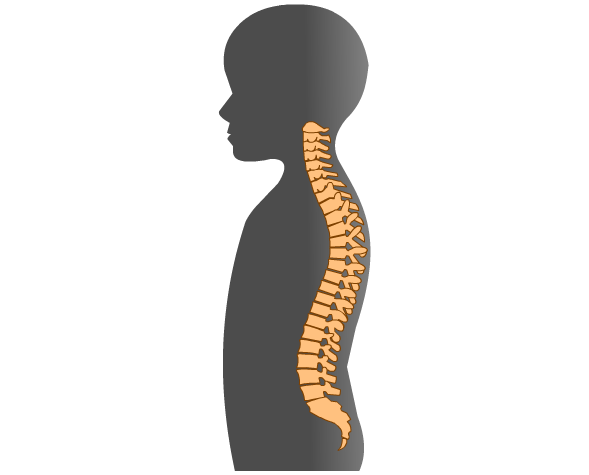Neck and Cervical Spine
The developing spine is more mobile due to laxity of the intraspinal ligaments.
- Increased mobility in developing spinal column.
- Cord injury without fracture or dislocation.
- Large head, short neck, weak neck muscles.
- Hyperextension & hyperflexion of cervical spine.
- Young children → upper C-spine injuries; Older children → lower C-spine injuries.
